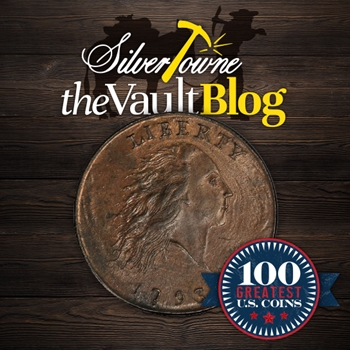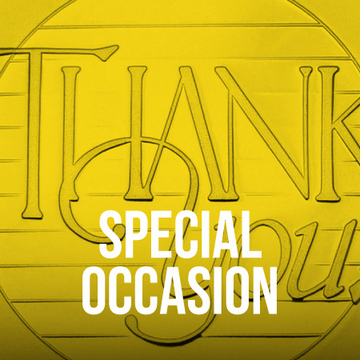
Coins from back in the late 1790s are most likely going to grace this fourth edition of Whitman Publishing’s 100 Greatest United States Coins series. It would only make sense considering the establishment of the United States Mint occurred in 1792. However, those coins leave less to be desired appearance wise despite their intense rarity. Nonetheless, they are important to the history of United States coinage, especially this next entry. Author Jeff Garrett will guide us through this top 15 pick that he considers “one of the simplest yet most popular and enduring designs on any U.S. coin.”
#13 – 1793 Flowing Hair, Chain Reverse Cent
The 1793 Chain cents are considered dull and flat despite the promise that was conveyed in 1792 by the look of the pattern coins. Garrett attributes this to the work of an “inexperienced engraver.” The design itself took on its fair share of criticism as the quality was less than desired in addition to some of its symbolism.
Henry Voight, who was the chief coiner at the Mint at the time, is credited for the design of the cent coin. He was also responsible for the 1792 silver-center cents. Reviews for his 1793 Chain cents did not hold back, deeming Liberty’s look to be frightening and expressing fear instead of peace or strength. The coin also featured a chain of 15 links in a circle on the reverse which the public view as representing “the bondage and the tyranny of the British master from which the colonies had so recently freed themselves.” Some of the public viewed the chains as representing slavery which back then, Americans commonly practiced.
Despite the actual design itself, the relief turned out to be an issue as well. After being in circulation for a short time, the 1793 Chain cent would fade in its detail. The lack of a border also meant that the coin was not protected enough from wear, making them unable to stack properly. All this compounded, leaving them no choice but to consider a design change mid-year. This led to the 1793 Wreath design, but the coin would suffer the same fate and eventually was replaced by the Liberty Cap design later in the year.
The inexperience of the engraver can also be seen in the difference on the reverse of some of the 1793 Chain cents. Some varieties have AMERICA abbreviated to AMERI. because the engraver did not leave enough room to spell it out completely.
The historical market value of the coin in 1960 for an Extremely Fine condition was $750. By this fourth edition (2015), that same coin’s value rose to $100,000.







